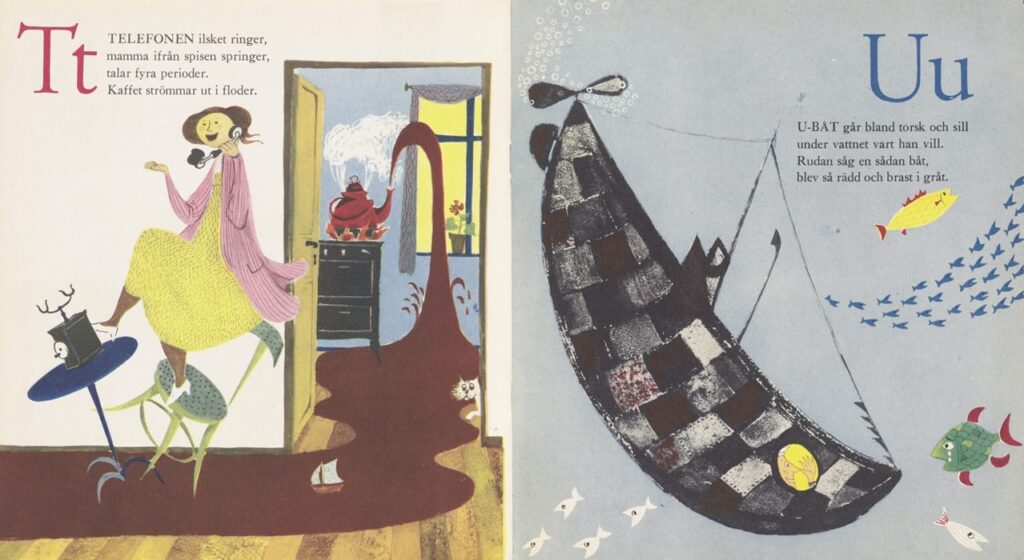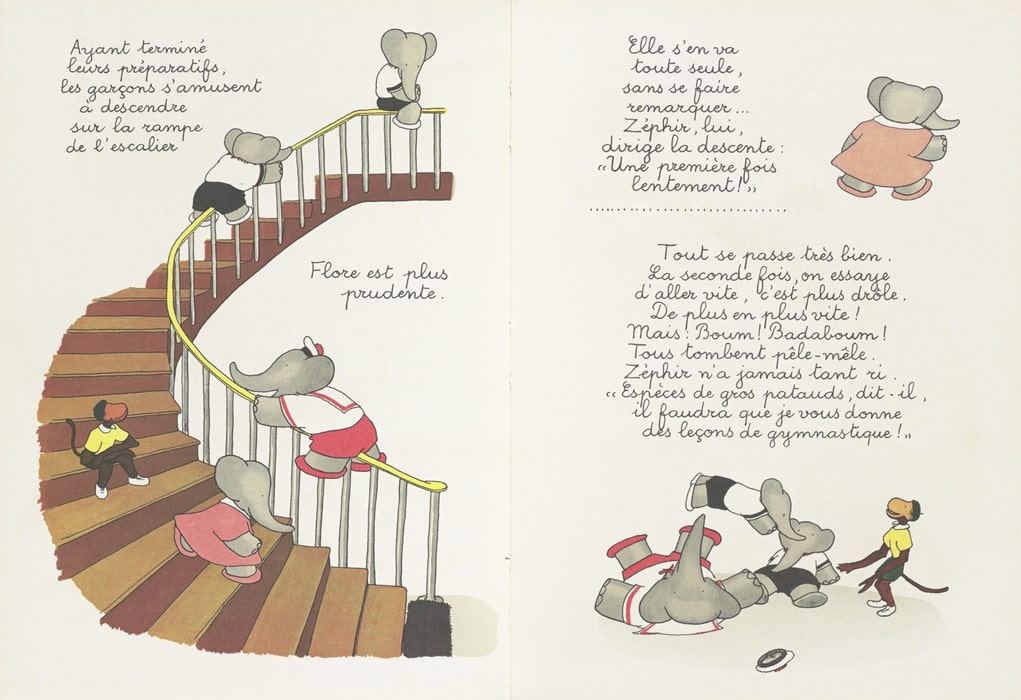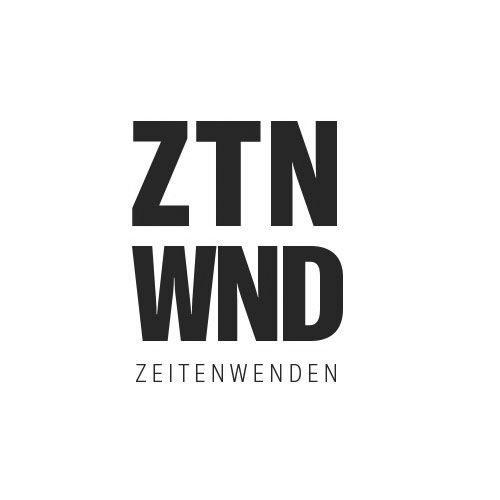The exhibition at the Pinakothek der Moderne entitled ‘Where the Wild Lines Live. Books and Illustrations for Children’ presents over 170 illustrated books from more than 25 countries and spans a historical arc from 1870 to the present day. As befits a design museum, the focus is not on the history, but on the design of the books. The exhibition runs from 11 October 2024 to 26 January 2025.
Image above: Bookano Stories No. 4, Illustrations and text: S. Louis Giraud, ca. 1937 London: Strand Publications, Inv.-Nr. 2/2024, Die Neue Sammlung – The Design Museum, Photo: Die Neue Sammlung (K. Mewes, J. Minne)
The tour is divided into two parts, each with four chapters. It starts with the picture books by Lothar Meggendorfer, which were created around 1900. His picture books, such as the ‘International Circus’ or ‘The Doll’s House’, set completely new standards around 1900 by combining children’s books and toys in one object. Three chronologically organised groups of showcases in the first half of the circular exhibition space lead from 1900 to the present day. They display treasures from the museum’s own collection, which are also characterised by the fact that the museum has always attached great importance to collecting internationally. Today, this makes it possible to display not only German children’s books in this section, but also English, French, Finnish, Estonian and Latvian books, for example. The exhibition takes visitors from milestones in children’s book design such as Jean de Brunhoff’s elephant ‘Babar’ (1933), which introduced the large-format, colourful picture book, or Raymond Briggs’ “Father Christmas” (1973), which has to fight its way through horizontal strips of bad weather, to the present day. Highlights of international, contemporary children’s books are shown here, whose creative and stylistic diversity can be seen as evidence of a current golden age of children’s books.

The second part of the exhibition focuses on four different principles and characteristics. The first group of display cases shows examples of the targeted use of colour, from its absence in black and white to playing with three colours and primary colours to colour explosions. Under the heading Signs, the second group is dedicated to books in which writing, numbers or very specific shapes, such as dots or squares, are elevated to a design principle. The third group, entitled Perspective, juxtaposes children’s books that break out of familiar viewing habits, whether by telling the story from the perspective of dwarves or giants, by widening the view and taking a bird’s eye view of the world or by taking a close-up look at their protagonists. The final theme is space, in which examples are shown that are not content with the flat side, but strive into the third dimension. The spectrum ranges from the openwork page to fold-out and lay-flat books to pop-up books.
The interactive exhibition architecture by Carina Deuschl picks up on the title of the exhibition and presents the exhibits in house-shaped cabinets in which the books ‘live’. This vertical presentation fulfils two purposes: it offers visitors of all ages and heights a clear view of the books. At the same time, the doors protect them from light. Benches and reading desks also invite visitors to discover selected books in full length.
Several levels of commentary by contemporary designers enrich the exhibition:
All the exhibition themes are visualised and commented on by the wall drawings that Christoph Niemann designed especially for the exhibition. Taking up the title of the exhibition, he plays with the juxtaposition and opposition of line and surface in his depictions. Niemann’s drawings on the room’s balustrade also form the guidance system to the exhibition’s thematic groups.

Six animated short films take up the design approaches of exhibited books and continue them in new, independent visual narratives. They were developed especially for the exhibition by students of the Münster School of Design at Münster University of Applied Sciences, supervised by Prof Henning Tietz.
A catalogue designed by Ariane Spanier will be published by Verlag der Buchhandlung Walther und Franz König to accompany the exhibition. With over 400 illustrations, it provides an insight that goes beyond the pages of the books on display and is supplemented by texts by international experts in the field of children’s book research.
With this exhibition, which picks up on a theme from the museum’s founding years, Die Neue Sammlung is already making reference to its centenary in 2025/2026.
Curator of the exhibition: Caroline Fuchs
WHEN?
Opening: Thursday, 10 October 2024, 11 am
Exhibition dates: Friday, 11 October 2024 – Sunday, 26 January 2025
Opening hours: Tuesday – Wednesday, Friday – Sunday, 10 am – 6 pm, Thursday, 10 am – 8 pm
WHERE?
Pinakothek der Moderne
Barer Straße 40
80333 Munich
COSTS?
10 EUR / reduced 7 EUR
Sunday admission: 1 EUR
Children and young people under 18: Free admission






